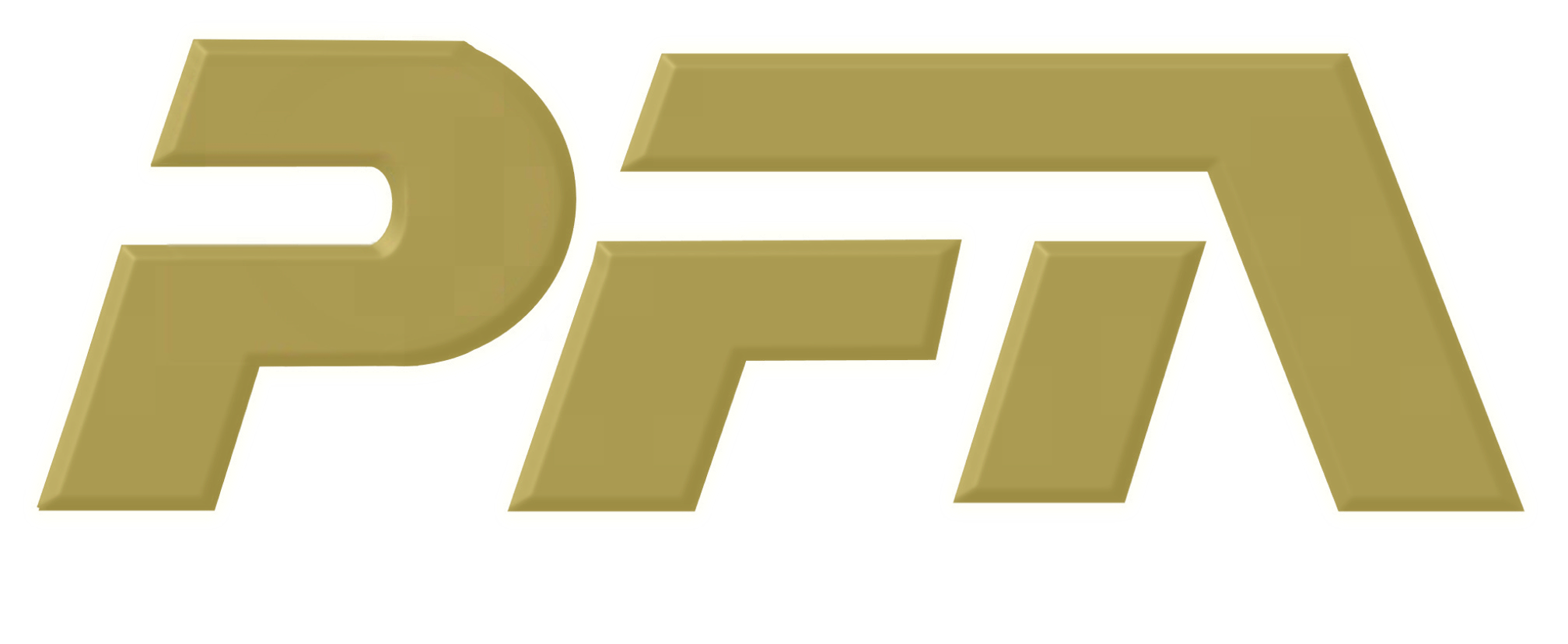Couldn’t Attend PFA’s Fall Meeting? Recordings Are Available.
More than 130 industry professionals attended the Polyurethane Foam Association Fall Meeting in Charlotte November 3-4. Meeting attendees also have access to recordings of presentations during our Industry Issues and Technical Sessions.
If you were unable to attend, you can purchase access to the recordings. Click the link below for processing.
PFA Fall Meeting Recordings
Industry Issues and Technical SessionsRecorded Sessions
Wednesday, November 3, 2021
2:00 PM – 5:00 PM Industry Issues Forum
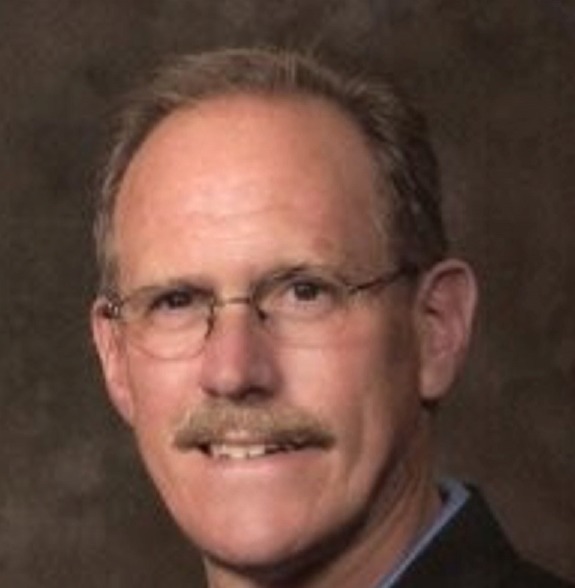
Spence
Isocyanates Update, Mark Spence, International Isocyanates Institute, Inc.
Mark Spence is the Scientific Director of III. He will provide an update of the Institute’s research projects, including CertiPUR diamine limit validation, TDI/MDI exposure data analysis, and others.
The principal aim of the Institute is to promote the safe handling of MDI and TDI, with respect to the workplace, the community and the environment. The Institute promotes safety in the production of MDI and TDI, and their precursors, by sharing production safety and health information as appropriate, among member companies and regulatory agencies, as well as with producers who are not members of the Institute.
Speaker Biography
Mark Spence is a consultant specializing in health & safety programs for manufacturing operations and products in the chemical & plastics industry following a 30-year career with the Dow Chemical Company. Following assignments as industrial hygiene chemist and then Laboratory Director of Dow’s AIHA-accredited Industrial Hygiene Laboratory, Mark served as a Senior Industrial Hygienist with Dow’s Global Industrial Hygiene Expertise Center. While at Dow, Mark supported Dow’s Polyurethanes business on industrial hygiene issues for 20 years. Mark has a Bachelor of Science degree in chemistry from Clarkson University, a Master of Science degree in chemistry from Michigan State University and is a Certified Industrial Hygienist.

McIntyre
Legal Counsel Report, Jim McIntyre, McIntyre & Lemon
Jim McIntyre has been involved with the Polyurethane Foam Association since its inception in 1980. He will cover state legislative activity on flame retardants, EPA’s effort to update its NESHAP air regulation for foam fabrication facilities, and changes in the leadership of the U.S. Consumer Product Safety Commission.
Speaker Biography
Mr. McIntyre, a native of Vidalia, Georgia, received an A.A. degree from Young Harris College in 1959, a B.A. from the University of Georgia in 1963, and a J.D. from the University of Georgia School of Law in 1963. He is a former Director of the U.S. Office of Management and Budget. He represents clients in general corporate matters and trade association law and on legislative and regulatory issues in banking, insurance, finance, tax, and environmental areas. He is a member of the District of Columbia Bar and the State Bar of Georgia. He is admitted to practice before the U.S. Supreme Court and the U.S. Court of Military Appeals.

Trainer
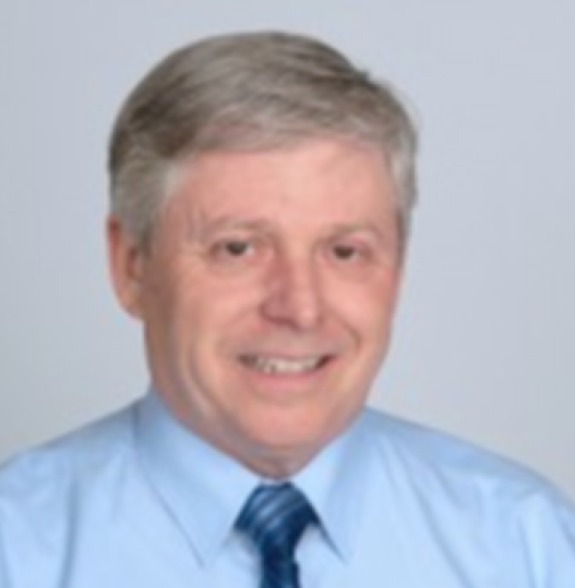
Gallagher
Bedding Industry Report, Ryan Trainer, International Sleep Products Association, and Michael Gallagher, Mattress Recycling Council
The most significant product markets for FPF are mattresses, upholstered furniture and automobiles. At each conference, we try to feature an update from one or more of those sectors. Mr. Trainer is a familiar presence for many of you. He will discuss mattress industry sales trends, raw material supply challenges, and antidumping cases involving overseas mattress producers.
Mike Gallagher will provide an update on mattress recycling programs and the work of the Mattress Recycling Council.
Speaker Biography
Ryan Trainer is President of the International Sleep Products Association (ISPA) which seeks to enhance the growth, profitability and stature of the mattress industry. Prior to joining ISPA, Trainer was a partner in the Washington, D.C. office of Clifford Chance, a global law firm where he specialized in product liability, international regulatory, trade policy, consumer privacy and commercial matters.
Michael Gallagher is a research consultant for The Mattress Recycling Council, a non-profit organization dedicated to the development and implementation of statewide mattress recycling programs for states that have enacted laws. The organization provides valuable information and resources for industry professionals. Prior to working with the Council, he was Head of Innovation and Business Growth Services For Covestro.

Clark
Carpet Cushion Report, Bob Clark, Carpet Cushion Council
Discussion of floorcovering industry sales trends, regulatory challenges to the bonded carpet cushion market, and other issues.
Speaker Biography
Bob Clark is Executive Director of the Carpet Cushion Council. The CCC represents the North American carpet cushion industry as an advocate and an educator. As the industry resource for answers to carpet cushion-related questions, the Carpet Cushion Council educates carpet retailers, manufacturers, distributors, and cushion manufacturers about the benefits of carpet cushion. Ultimately, the Carpet Cushion Council’s objective is to provide carpet retailers with tools necessary to improve communication with customers and increase overall sales.

Wieroniey
TSCA Update, Stephen Wieroniey, American Chemistry Council
Five years ago, Congress passed the Lautenberg Chemical Safety Act for the 21st Century. The bill amended the Toxic Substances Control Act (TSCA, prounounced “Tosca”) to modernize the United State’s approach to chemicals management. The revised law provides the U.S. Environmental Protection Agency enhanced tools to review the safety of newly-introduced chemicals, and to restrict the use of existing chemicals based on the lastest studies of health and environmental impacts. This session will provide an update on how EPA is implementing the new requirements under the TSCA Section 5 New Chemicals Program and the TSCA Section 6 Existing Chemicals Program. Recent changes under TSCA Section 5 will affect how new polyurethane raw materials are approved for use and recent risk evaluations under TSCA Section 6 suggest how future risk evaluations could impact the flexible polyurethane industry.
Speaker Biography
Stephen Wieroniey is the director at the American Chemistry Council’s Center for the Polyurethanes Industry. In his role at CPI, he also serves as the director of the Spray Foam Coalition. Stephen is an expert in chemicals management and sustainability issues impacting the polyurethanes market. Prior to joining ACC, Stephen served as the director of Health, Safety, and Environmental Affairs at the American Coatings Association, where he focused on product stewardship, product regulation, labeling, and indoor air quality. Stephen began his career in chemicals management at the U.S. Environmental Protection Agency in the Office of Pollution Prevention and Toxics assisting in regulatory matters associated with the Toxic Substances Control Act (TSCA). Stephen graduated from the University of Maryland with a Bachelor of Science in Chemistry. When he is not at work Stephen and his wife enjoy traveling, raising their two young kids, and running with their two dogs.
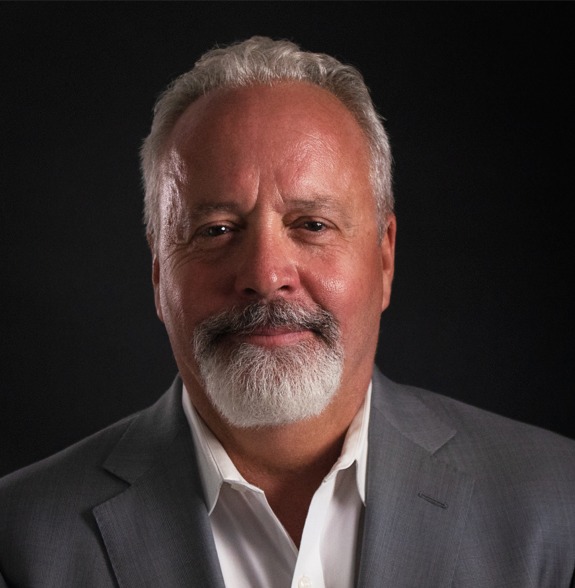
Patten
Supply Chain Update, Dave Patten, Everchem
Over the last year, consumers have faced shortages and waiting times for a variety of consumer products, including furniture, mattresses and automobiles. This resulted from an almost perfect storm of unexpectedly high consumer demand, winter weather impacting chemical production, and a frustrating backlog of container ships at ports on the West Coast. And of course, all this played out in an environment of just-in-time delivery and lean inventories that has dominated business strategy for several decades. During these challenging times, the Urethane Blog has served as a trusted resource on supply chain developments. The Editor of the blog, Dave Patten, will update us on the latest news and make some predictions about when we can expect a more normal supply chain for chemicals and plastics.
Speaker Biography
David Patten is a co-founder of Everchem and the Editor of the Urethane Blog. The Blog was started in 2008 as a way to get urethane news out into the marketplace in an efficient manner. Prior to Everchem, Dave worked in urethanes and raw materials at ARCO Chemical and Lyondell Chemical. He has a B.S. in Chemical Engineering from Lehigh University and an MBA from The University of Chicago.
Thursday,November 4, 2021
Technical Program
2:00-5:00PM
Moderated by Bill Gollnitz, Plastomer, PFA Past President
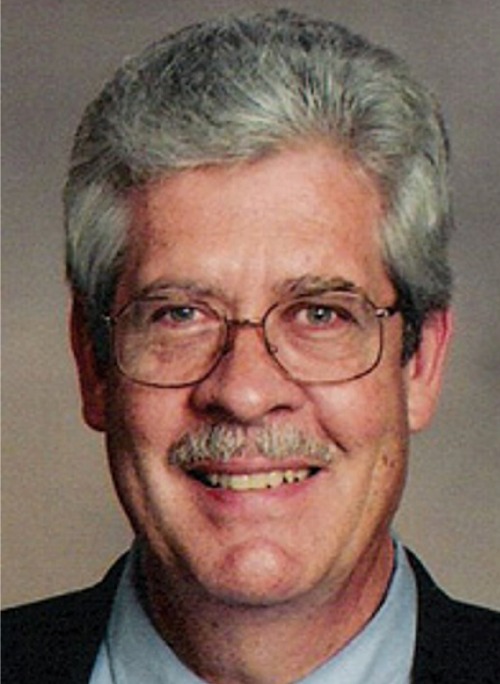
Bush, Jr.
Moderator Biography
Bill Gollnitz has more than 40 years’ experience in the flexible polyurethane foam industry. For more than 20 years, he has been Technical Director at Plastomer Corporation. Prior to that, he held group management positions at ARCO Chemical Company and Olin Chemical. He began his career in the foam industry with Firestone Foam. He has a deep understanding of how chemistry, manufacturing and suppliers can work together to advance the polyurethanes industry. He is a Past President of PFA, and currently serves on PFA’s Executive and Technical Committee. Gollnitz holds a B.A. in chemistry from Lipscomb University and an MBA from Bryant University.

Bush, Jr.
Technical Committee Report, Bobby Bush, Jr.
Bobby Bush, Jr. PFA’s Technical Committee Chair, will provide an update on committee work.
Speaker Biography
Bobby Bush Jr. serves as Technical Committee Chair for PFA and Technical Director for the Upholstered Furniture Action Council (UFAC). Though he remains active in many foam industry activities (ASTM, NFPA, UFAC, AFPF (CertiPUR-US)), he recently retired – after 45 years – from Hickory Springs Manufacturing Company. During the years his roles evolved from Sales Trainee to Senior Vice President of Foam Technology. Bush wass responsible for the development and advancement of new foam products and technologies and for overseeing environmental and regulatory compliance at all company facilities.
Bush has been instrumental in developing some of the most important initiatives in the flexible polyurethane foam industry. He is a graduate of Duke University, with a degree in Business Administration and Management. He is a many-times past President of PFA.
Abstracts
Managing Isocyanate Exposure in Foam Production Facilities: Best Practices in Production Equipment and Work Practices, Jim Shoup, Jim Shoup Equipment and Services, LLC
Isocyanates are an indispensable foundation of polyurethane chemistry. However, occupational isocyanate exposure has been linked to health effects, including respiratory sensitization from excessive exposures. In flexible polyurethane foam operations, airborne isocyanate vapors are controlled through a combination of production equipment, engineering controls, work practices and PPE. In 35 years with the industry, Jim has supervised the design and construction of slabstock and molded foam facilities, retrofitted pourlines to latest technologies and control systems, and trained operations and maintenance staff. He will review technologies and work practices that can help manage exposure to isocyanates and other volatile compounds, including direct laydown, injector flushing, air flow monitoring, automated handling of startup and sample blocks, and automated tagging of foam buns.
Realtime Compounding for Slabstock Foam Production, Achim Schmidt, Hansa Industrie-Mixer GmbH & Co. KG
The PUR-MIX system from Hansa Mixer provides the user with the ability to precisely mix polyols with dry substances and powders such as melamine, graphite, flame retardants, and chalks. This real-time, continuous process significantly reduces many of the problems associated with batch mixing such as poor compound quality, inconsistent density, and heavy powder sedimentation. Precise control of each individual compound through user defined, pre-programmed recipes leads to reduced waste and greater process efficiency and sustainability.
New Additives to Optimize the Compression Set Performance of Flexible Polyurethane Foam. Rob Borgogelli, Daniela Hermann, Jane Kniss, Annegret Terheiden, Evonik Industries
Flexible polyurethane foam is a versatile polymer that has become a key material of construction in modern mattresses. The main foam properties of density, hardness and resilience can be easily adjusted to achieve the support and comfort characteristics desired by bedding designers, giving consumers a wide range of options to fit their specific sleeping preferences. In addition to the ‘feel” of the mattress, consumers are also searching for the best value, balancing cost with durability performance and shopping convenience. The bedding industry has responded by offering high quality mattress products that can be purchased online and can be compressed and shipped directly to consumers to minimize warehouse handling and transportation costs.
These marketing trends have resulted in more stringent technical requirements on how well the mattress components recover after compression. Polyurethane foam is being challenged to compete with other cushioning materials in the rate and extent of recovery after compression. In 2019, Evonik initiated a global study to better understand factors that affect the compression set of flexible polyurethane foam. The CPI presentation later that year reported on formulation and processing conditions that helped reduce foamheight loss as per Test D of ASTM D3574 (1)or EN ISO 1856 (2)a. Some commercial additives that provided benefits in certain formulations were also presented. In this paper, Evonik will present results of lab work on some new additives that have been developed to optimize compression set as per the ASTM test, but also another method that appears meaningful to evaluate foam performance in the lab that correlates to industrial conditions.
Hybrid Mold Release Agents For Polyurethane Foam: Innovation, Application, and Environmental Impact, Javier Horas, Concentrol Performance Materials
Hybrid release agents can offer a clear advantage with respect to the emissions of volatiles to the atmosphere and exposure risks for workers. This article describes innovations in hybrid mold release agents, which can replace up to 70% of solvent with water. This ready-for-market technology combines the VOC-reduction and sustainability benefits of water-based release agents with the good performance and production efficiencies of solvent based release agents.
Recent Advances In Flexible Foam. Mark McBride, Willie Wesley III, Theodore Smiecinski, and Lindsey Witte, BASF
From mattress and bedding to automotive seating, foam formulations and, consequently, raw materials continue to diversify and define modern-day comfort. Since comfort is a critical driver in flexible foam innovation, application-based solutions vary for conventional, high resilience, viscoelastic and HyperSoft™ foam to meet customer needs.
These innovations in foam formulations translate to manufacturing and process modifications, which introduce new challenges of their own. For example, as foam formulations continue to soften, slower cure time has become a consistent pain-point. These “stickier” formulations can slow production lines, increase operating expense and product loss resulting in a negative impact on the foam manufacturer’s bottom-line. This situation also applies to molded applications where de-molding time can be critical.
Temperature points and heat build-up in mattresses continue to define ideal customer comfort. In response to this need, the polyurethane flexible foam industry developed specialized heat storage and transfer agents (HSTA). Although HSTAs meet a customer’s need for a cooler night’s sleep, earlier generation formulations introduced more variability to manufacturers. For example, some HSTAs cause challenges when utilizing with CO2 foam processing.
To continue the pursuit of modern-day comfort with manufacturing and processing in mind, BASF continues to develop next generation materials for different grades of flexible polyurethane foams. This paper will discuss these innovative materials and their benefits to flexible polyurethane foam, specifically regarding their physical properties and processing improvements. Two innovations will be reviewed: foam formulations providing increased green strength and faster cure times as well as next generation Elastopan® polyurethane gel formulations for flexible foams.
